Digital
Zoë Bell Sound of the Underground
-
Tauira / Student
Zoë Bell -
Kaitautoko / Contributors
Mumu Moore (taonga pūoro), Arlo Macmillan (videographer), Seba Misko (sound design) -
Kaiako / Lecturers
Dr. Huhana Smith, Antony Nevin
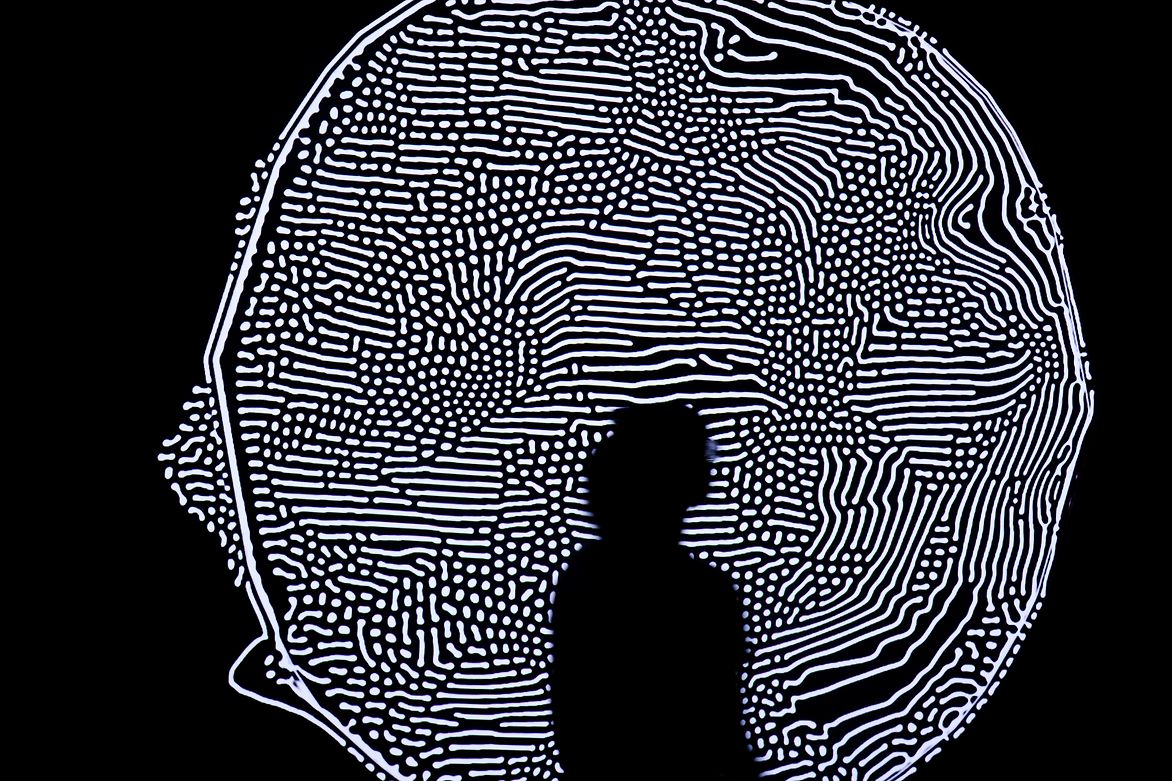


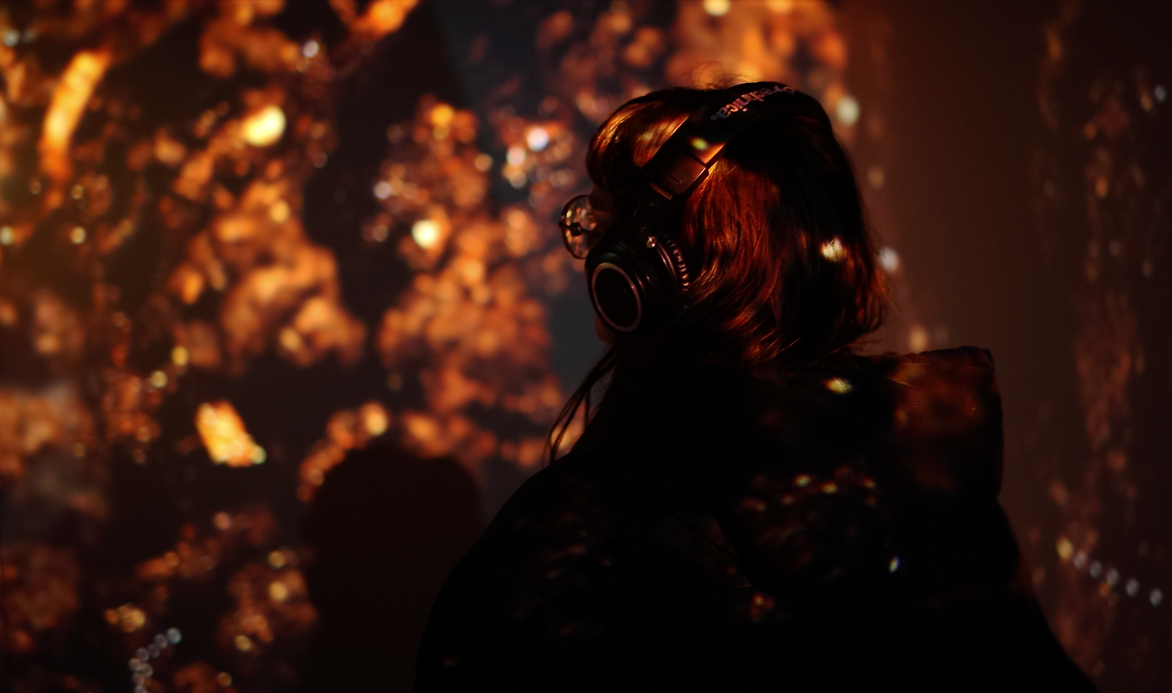
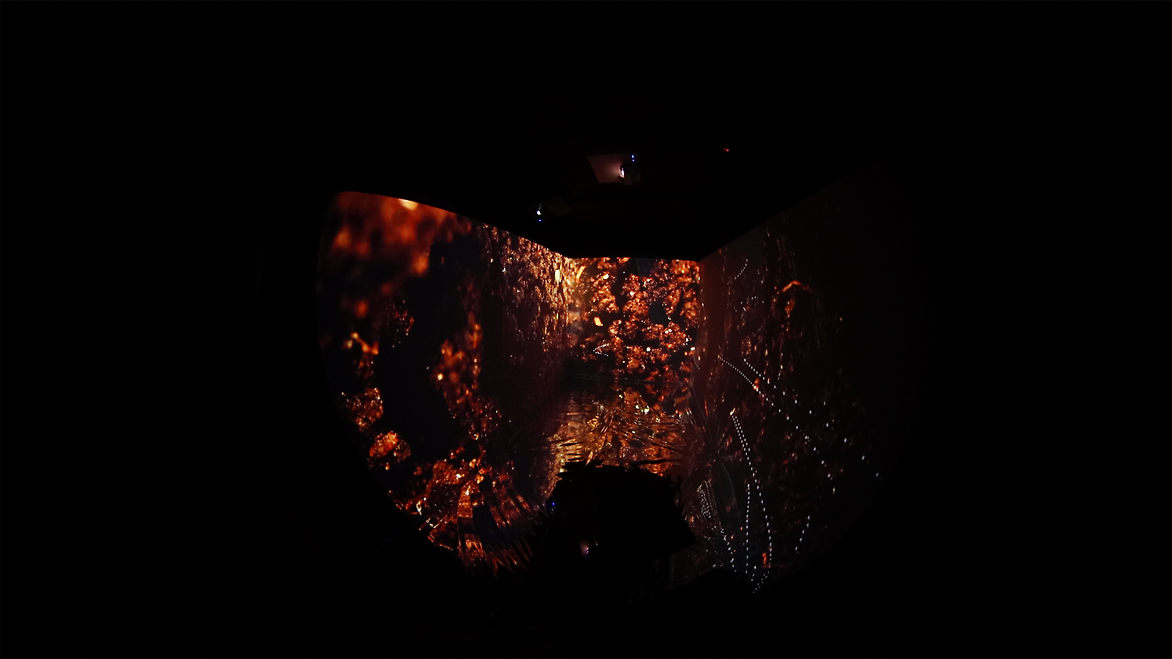
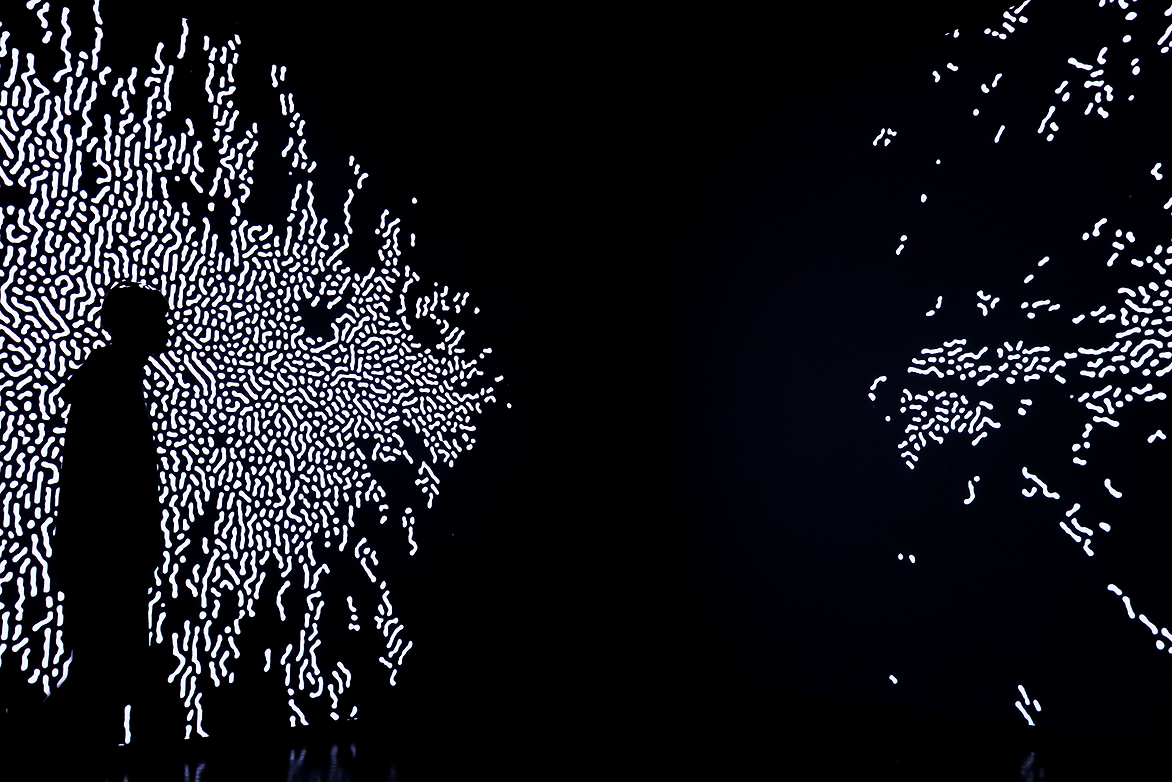
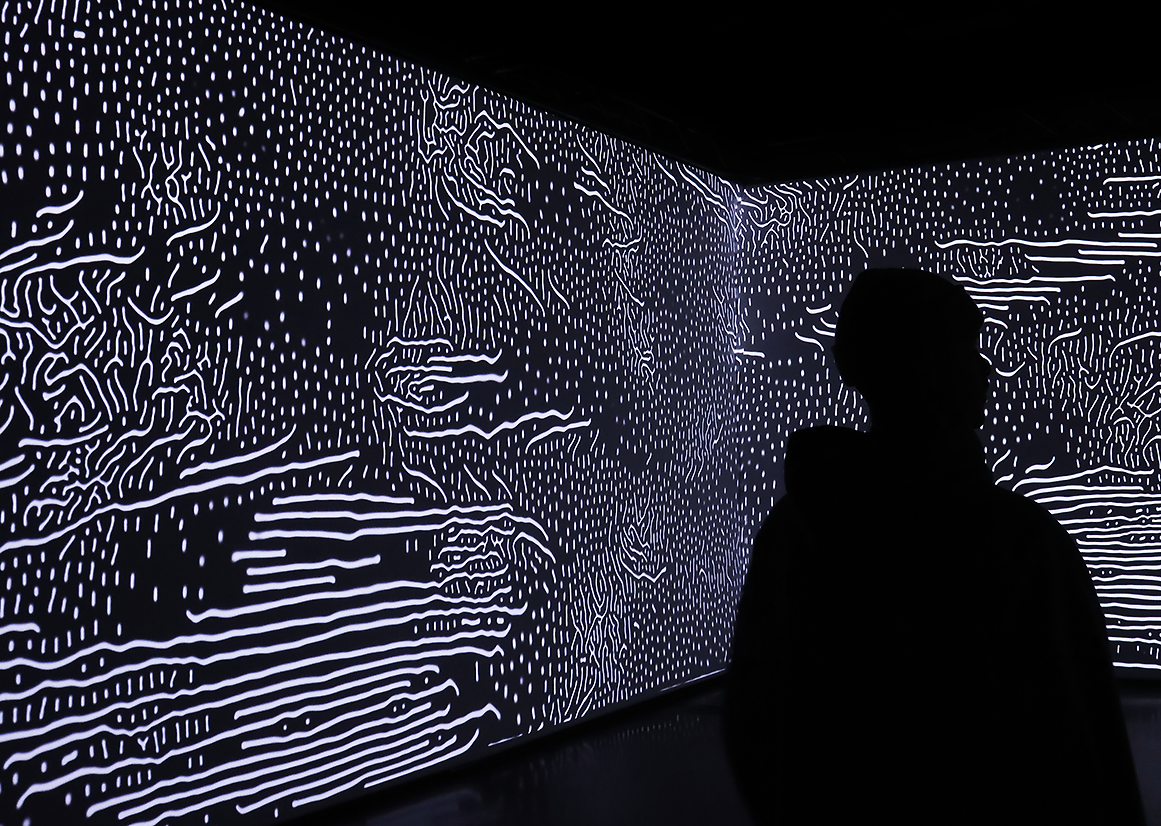
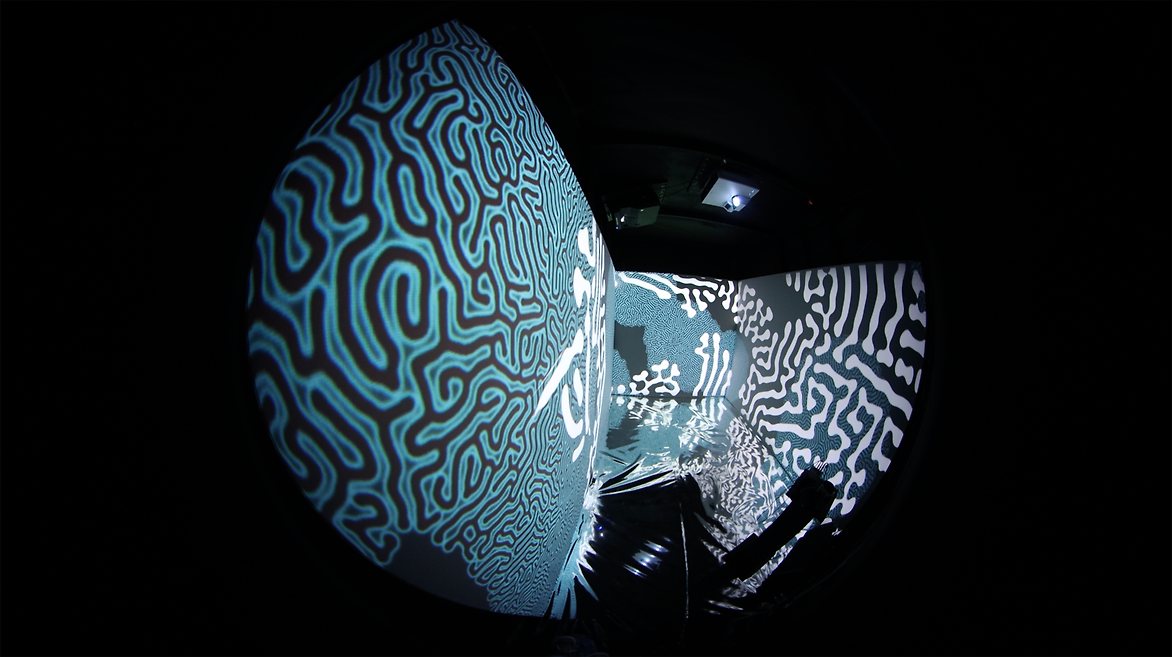
Description:
'Sound of the Underground’ emerged from an investigation into soil ecoacoustics — an emerging scientific field exploring how we can listen to the biological life of soil. While relatively uncharted in Aotearoa, this approach holds the potential to non-intrusively monitor soil biodiversity through sound. The project began by recording the living soils of Te Aro Pā on the waterfront of Te-Whanganui-a-tara using probes and contact microphones. What surfaced was a hidden sonic world of micro-communications, signaling the intense complexity and fragility of life beneath our feet. With growing global awareness of soil degradation and climate impact, this project seeks to reframe soil as more than a resource—but as a living, communicating system. It also draws on a Te Ao Māori worldview, where the health of soil (oneone ora) is inseparable from the health of people (tāngata ora), and where listening is a vital mode of understanding.
The concept was to bridge science, sound, and design — translating data-rich but often inaccessible research into a sensory and cultural experience. By listening deeply to soil, the work proposes new ways of engaging with biodiversity and ecological well-being. The strategy was to create a generative and immersive environment, inviting audiences into a non-verbal relationship with living systems. These soundscapes were then combined with taonga pūoro played by Mumu Moore, weaving cultural resonance and spiritual grounding into the work. The idea challenges human-centered storytelling by placing the soil, and the unseen lives within it, at the center of the narrative.
In 2025, the work returned to the site of its original recordings, exhibited at the Performance Arcade inside a shipping container. Fitted with a 260° projection and enveloping surround sound, we created a fully immersive public experience. The installation features a generative, audio-reactive visual system, transforming the frequencies and rhythms of soil life into evolving visual forms. These patterns are inspired by reaction diffusion—a naturally occurring process in biological systems representing cycles of growth, decay, and regeneration. The system uses custom code to create forms that pulse and morph in real-time, responding directly to the living rhythms of the soil. The design is not only technical but deeply poetic—a crafted, progressive expression of complex data, brought into form with high fidelity and care. The work uses sound, light, and movement to immerse the audience in a living, breathing underground world.
‘Sound of the Underground’ offers a new modality for environmental awareness — one that is sensory, cultural, and scientific. It invites audiences to feel, rather than simply understand, the biodiversity crisis. It’s also one of the first creative explorations of soil ecoacoustics in Aotearoa, placing it at the frontier of interdisciplinary practice. The inclusion of taonga pūoro creates a dialogue between Indigenous knowledge and emerging science, challenging extractive paradigms and offering relational ones instead. The project promotes ecological well-being, fosters curiosity and behavioral reflection, and sparks potential for further cross-disciplinary research, education, and community engagement.
Judge's comments:
We were impressed seeing work of this level in the student category. The ambition, idea, and technical resolution of this project was at industry standards. It took a complex idea and made it engaging and understandable — demonstrating curiosity and skill in both craft and concept. A creative and well-executed piece of work from start to finish.